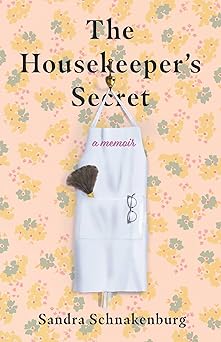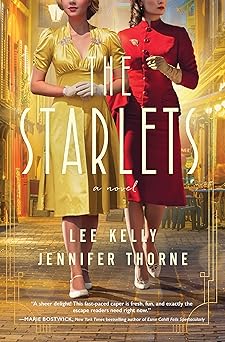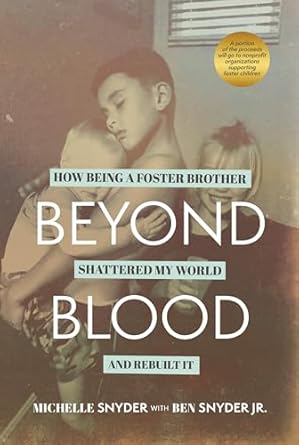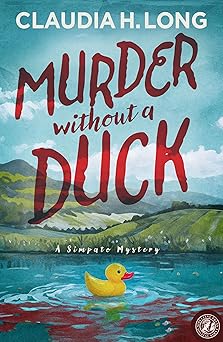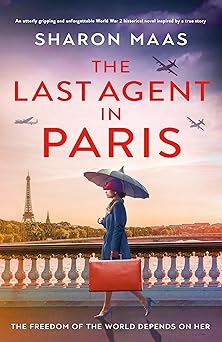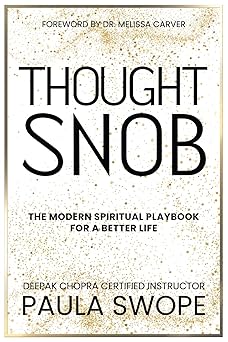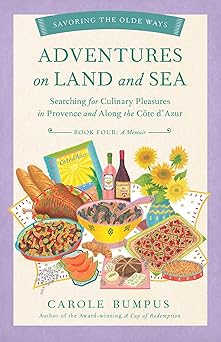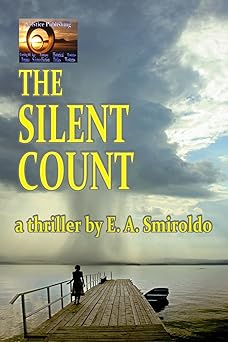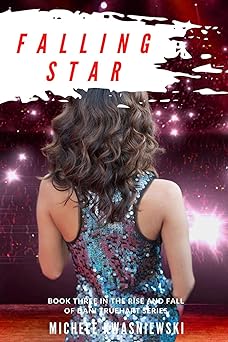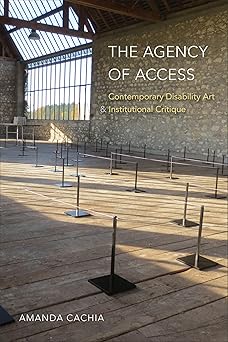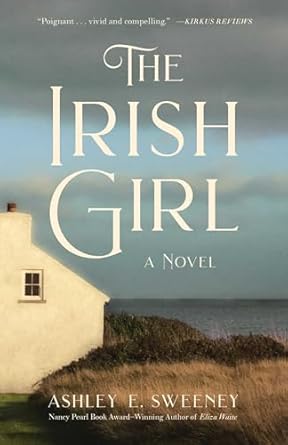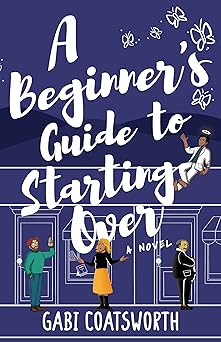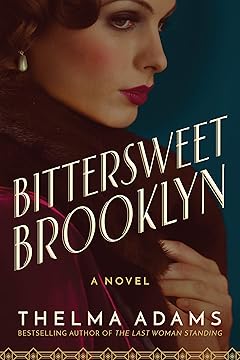Behind the Book – Bringing Amy Robsart to Life
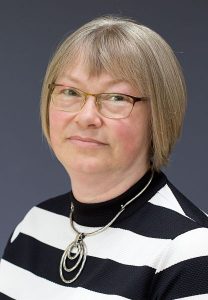 I’d known for a long time that one of the historical mysteries I wanted to explore through fiction was the love triangle between Queen Elizabeth I, her favourite Robert Dudley and his wife Amy Robsart. It’s one of the most intriguing and enduring historical mysteries: Did Amy Robsart fall to her death in 1560 or was she pushed so that Robert would be conveniently free to marry the Queen?
I’d known for a long time that one of the historical mysteries I wanted to explore through fiction was the love triangle between Queen Elizabeth I, her favourite Robert Dudley and his wife Amy Robsart. It’s one of the most intriguing and enduring historical mysteries: Did Amy Robsart fall to her death in 1560 or was she pushed so that Robert would be conveniently free to marry the Queen?
Whilst this was a mystery that I could really get my teeth into, I knew it was also a story that would require a great deal of research, so as a starting point I gathered together my books on the reign of Queen Elizabeth I and started to read. This is usually my first point on writing any historical fiction; I like to get a very broad picture of the era in the knowledge that most of it will be there to help me write within an authentic framework, rather than be used directly in the book.
It soon became apparent to me that Amy was an ideal focus for my story. I write about lesser-known historical women, people whom I think of as “women from the footnotes of history.” So often their personal story is lost in the bigger narrative which usually means they are literally a footnote to the stories of the lives of their male relatives. It was difficult to find out much about Amy’s personal life because she was overshadowed by not one but two prominent people, her husband Robert Dudley and the Queen, Elizabeth I. I realised that I needed to find out more about her life and experiences, and not just see these through the lens of Elizabeth’s court.
A book that was particularly useful to me in this respect was Death and the Virgin by Chris Skidmore. Although it refers to Elizabeth in the title it did in fact uncover some fascinating insights into Amy’s background. I was able to untangle her family relationships and also reflect on how the political situation in her home county of Norfolk would have had implications for her marriage to Robert Dudley.
They married young and as he was the son of the Earl of Warwick and she was the daughter of a country gentleman it has traditionally been seen as a love match but also as a marriage where all the advantages were on Amy’s side. To my mind this seemed inaccurate. Amy’s father was an influential landowner in East Anglia and it was in the King’s interests to strengthen his authority in that part of the country. Marriage to Amy brought Robert increased involvement in local politics and increased influence in the area. Later it was to bring him a substantial fortune when Amy inherited from her father.
I continued to search for clue’s to Amy’s life in written records, such as Robert Dudley’s Household Accounts, which recorded expenditure on various items such as clothing and was also invaluable in showing me where he and Amy were living or travelling at any particular time. A purchase of an expensive new gown shortly before Amy’s death was particularly intriguing; what occasion had she intended it for?
However, for me the most interesting part of research is visiting the places connected to the story. I find this almost always brings me closer to the people and times I am writing about. For example, Elizabethan Norfolk was considered to be a wild and lawless place and whilst that may no longer be the case now, the setting and atmosphere of the county is very particular; it can feel lonely and isolated and eerie, and going from somewhere like that to the bustle of London, especially the court, must have been extraordinary for Amy. I found I was able to recapture some of that feeling visiting the places she grew up.
Another particularly poignant visit I made was to St Mary the Virgin Church in Oxford. This is a stunning church where Amy had been buried on 22nd September 1560. However, in the intervening centuries her tomb has been dismantled and her burial place lost. It felt as though just as Robert would have liked to tidy her away during her lifetime, so she had been brushed aside in death. I looked at the plaque that is all that remains to mark Amy’s burial and felt a strong sense of loss and the need to reclaim her memory.
Another very poignant trip was the one I made to Cumnor, where Amy lived for the last months of her life and fell to her death on the staircase of Cumnor Manor. The medieval manor house was pulled down at the beginning of the nineteenth century and the stone used in other buildings, but you can visit the site of it by the church and again, conjure up a sense of what it would have been like living in a small and remote village in Oxfordshire in the middle of the sixteenth century. What a contrast between Amy’s life tucked away in the country and Robert’s at the glittering court of Queen Elizabeth! There are many elements of Amy’s life that feel so very sad.
I hope that The Forgotten Sister pays fitting tribute to Amy and turns the spotlight more onto her life rather than the better-known story of Elizabeth and Robert. Through my research I have learned of her life and the element of agency she did have over her own fate and future and I would like her to be remembered not as a passive victim but a woman in her own right.
—
Nicola grew up in Yorkshire and studied History at the University of London and at Ruskin College Oxford. She worked in academia for a number of years before becoming a full-time writer. She is the author of acclaimed dual-time mysteries as well as of award-winning historical romance.
When she isn’t writing, Nicola volunteers as a guide and researcher for the National Trust at the 17th century hunting lodge Ashdown House. She taught creative writing at Swindon College and is also an experienced speaker on a number of historical topics. Nicola has given talks and chaired panels at festivals and conferences including the London Book Fair, the Historical Novel Society and the Sharjah Festival of Literature. She has also worked as a historical adviser on The Restoration Man (Channel 4) and Land Lines (BBC Radio 4).
She is a former Chair of the Romantic Novelists Association, Wiltshire Libraries Writer in Residence and trustee of Wantage Literary Festival, and in her spare time is a puppy walker for the Guide Dogs charity.
THE FORGOTTEN SISTER
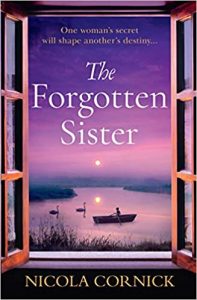 A most engaging novel, full of intrigue and atmosphere’ Anne O’Brien
A most engaging novel, full of intrigue and atmosphere’ Anne O’Brien
‘A real page-turner; I couldn’t put it down’ Tracy Rees
One woman’s secret will shape another’s destiny…
1560: Amy Robsart is trapped in a loveless marriage to Robert Dudley, a member of the court of Queen Elizabeth I. Surrounded by enemies and with nowhere left to turn, Amy hatches a desperate scheme to escape – one with devastating consequences that will echo through the centuries…
Present Day: When Lizzie Kingdom is forced to withdraw from the public eye in a blaze of scandal, it seems her life is over. But she’s about to encounter a young man, Johnny Robsart, whose fate will interlace with hers in the most unexpected of ways. For Johnny is certain that Lizzie is linked to a terrible secret dating back to Tudor times. If Lizzie is brave enough to go in search of the truth, then what she discovers will change the course of their lives forever.
***
Moving between the Tudor era and the present day,The Forgotten Sister is a stunning historical novel that draws on one of history’s most compelling and enduring mysteries. Perfect for fans of Lucinda Riley, Barbara Erskine, Victoria Hislop and Kate Morton.
***
Readers love Nicola Cornick:
‘Alluring and hypnotising… I was hooked from page one.’
‘A haunting and mesmerising story.’
‘Atmospheric and filled with tension and danger.’
‘Full of dark twists and spooky turns. Brilliantly written, unguessable and page-turning.’
‘Spellbinding, with a narrative that left me bewitched. Not to be missed!’
‘A fabulous read. I was completely enthralled, and kept guessing throughout.’
Category: Contemporary Women Writers, How To and Tips




